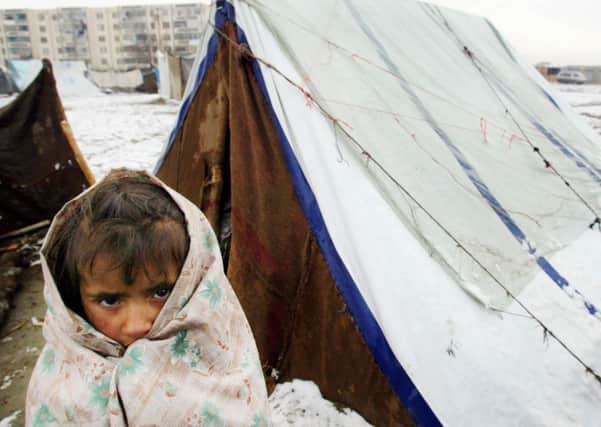Researchers design housing for refugee camps in extreme climates


The international team, led by the University of Bath, aims to improve living conditions for refugees by creating low-cost and easy-to-construct housing.
Their 20 possible shelter designs will moderate extremes of temperature and ensure the privacy, comfort and dignity of residents.
Advertisement
Hide AdAdvertisement
Hide AdThe research will be the largest global study into thermal, air quality and social conditions in camps housing displaced people.
Princess Sumaya University for Technology in Jordan, the German Jordanian University and Mersin University in Turkey are collaborating in the work.
Those living in the refugee camps, as well as aid agencies, will be asked for their views on how housing and social care can be improved.
Dr Jason Hart, senior lecturer in the anthropology of development at the University of Bath, has worked with refugees in Jordan and the Middle East for 20 years.
“I have witnessed first hand the daily struggles of displaced people to lead dignified lives in difficult conditions, and decent housing can make an immense difference,” he said.
“I am therefore excited to collaborate with colleagues from the fields of architecture and civil engineering in a process of shelter design that engages the views and aspirations of refugees themselves.”
A recent pilot study conducted by the research team found that shelter design can create specific problems for refugees, increasing the demands on humanitarian organisations.
Health can be undermined when poorly insulated shelters fail to moderate extremes of temperatures, while design that fails to meet privacy and security needs can harm psychosocial wellbeing.
Advertisement
Hide AdAdvertisement
Hide AdThe researchers will utilise building physics to inform shelter design, using combinations of conventional and non-conventional materials.
The project, entitled Healthy Housing for the Displaced, has received £1.5 million of funding from the Engineering and Physical Sciences Research Council.